Elementary Landform Worksheet
Are you searching for a valuable resource to reinforce the concept of elementary landforms for your students? Look no further! Our Elementary Landform Worksheet is the perfect tool to engage your young learners and enhance their understanding of different landforms. Designed with a clear focus on the subject matter, this worksheet will bring the fascinating world of landforms to life in an interactive and educational manner. So, get ready to delve into the world of mountains, valleys, rivers, and more with our comprehensive Elementary Landform Worksheet!
Table of Images 👆
More Other Worksheets
Kindergarten Worksheet My RoomSpanish Verb Worksheets
Cooking Vocabulary Worksheet
DNA Code Worksheet
Meiosis Worksheet Answer Key
Art Handouts and Worksheets
7 Elements of Art Worksheets
All Amendment Worksheet
Symmetry Art Worksheets
Daily Meal Planning Worksheet
What is erosion?
Erosion is the process of wearing away or breaking down rock and soil by natural forces such as water, wind, and ice. This process typically involves the removal and transportation of sediment and soil particles from one location to another, ultimately reshaping the surface of the Earth over time.
What are the main types of weathering?
The main types of weathering are mechanical weathering, which includes processes like freezing and thawing, abrasion, and root action that physically break down rocks, and chemical weathering, such as processes like oxidation, hydrolysis, and carbonation that chemically alter the composition of rocks.
How are mountains formed?
Mountains are formed through a process called orogenesis, which occurs when tectonic plates push against each other, causing the Earth's crust to fold and buckle. This pressure and movement result in the formation of mountain ranges over millions of years. Additionally, volcanic activity can also contribute to the formation of mountains when magma from the Earth's mantle rises to the surface and solidifies, creating volcanic mountains.
What is a glacier?
A glacier is a large persistent body of dense ice that moves under its own weight, formed over many years by the accumulation and compaction of snow. Glaciers are found in polar regions as well as high-altitude mountains, where the rate of snow accumulation exceeds the rate at which the ice melts. They play a crucial role in shaping landscapes, carving out valleys and shaping mountains, and also have an impact on global climate by reflecting sunlight and storing large amounts of freshwater.
How do rivers shape the land?
Rivers shape the land through erosion, transportation, and deposition of sediment. As water flows across the land, it wears away rock and soil, carving out channels and valleys. The sediment carried by rivers is deposited along their banks and deltas, creating fertile floodplains and coastal landforms. Over time, rivers can cut through mountains, create canyons, and shape the landscape in various ways, influencing the overall terrain and geography of regions they flow through.
What is a plateau?
A plateau is a flat elevated area of land that is usually higher than the surrounding land, often with steep cliffs or slopes on the edges. Plateaus can vary in size from small to large and can be formed through geological processes such as volcanic activity, erosion, or tectonic movement. Plateaus are known for their unique ecosystems and can be found on every continent.
How are valleys created?
Valleys are typically formed through the process of erosion, which involves the wearing down and removal of rock and soil by natural elements such as water, wind, and ice over time. For example, rivers can carve out valleys as they flow through the landscape, cutting down into the earth and widening their channels. Glaciers also play a significant role in the creation of valleys through their movement and the scraping and carving of the land beneath them. Other factors such as tectonic activity and volcanic eruptions can also contribute to the formation of valleys.
What are the characteristics of a delta?
A delta is a landform that forms at the mouth of a river where it meets a body of water, typically the ocean. It is usually triangular in shape and is characterized by sediment deposition as the river slows down and loses energy, resulting in the accumulation of mud, sand, and silt. Deltas tend to be highly fertile areas due to the nutrient-rich sediment, and they often support diverse ecosystems with unique habitats for flora and fauna. The formation of a delta is influenced by factors such as the volume of water flow, sediment load, and tidal movements, leading to various types of deltas such as arcuate, bird's foot, and cuspate.
How do coastal landforms like cliffs and beaches form?
Coastal landforms like cliffs and beaches are formed through a combination of erosion, deposition, and geological processes. Cliffs are typically created through the erosion of rock by the action of waves and weathering over time, leading to steep vertical formations along the coast. Beaches, on the other hand, are formed by the deposition of sediments, such as sand and gravel, carried by rivers, currents, and waves. The continuous interaction of these processes, along with tectonic activity and sea level changes, shapes the diverse coastal landforms we see today.
What is the process of sedimentation?
Sedimentation is the process by which particles in a liquid or gas settle and accumulate at the bottom of a container due to gravity. When the liquid or gas is still, the force of gravity causes heavier particles to sink to the bottom at a faster rate than lighter particles. This results in the separation of particles based on their density, creating layers of sediment at the bottom of the container. Gradually, the sediment compacts and forms sedimentary rock over time.
Have something to share?
Who is Worksheeto?
At Worksheeto, we are committed to delivering an extensive and varied portfolio of superior quality worksheets, designed to address the educational demands of students, educators, and parents.

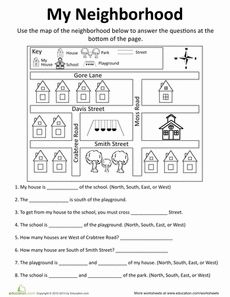



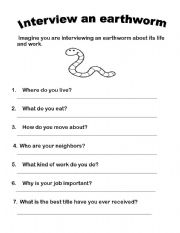
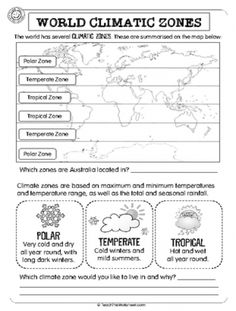

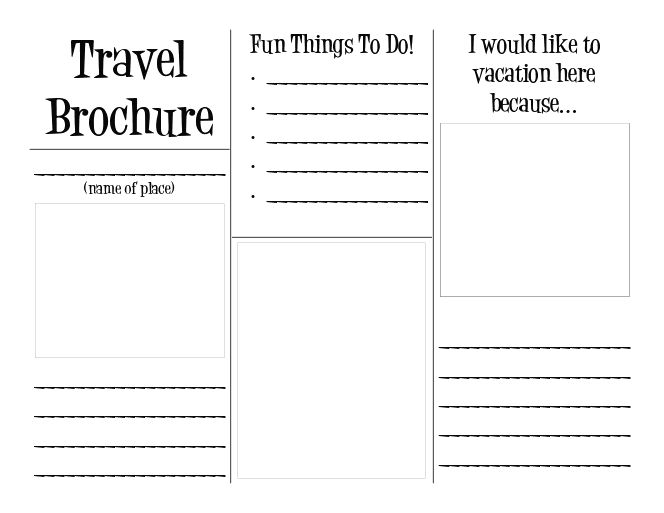
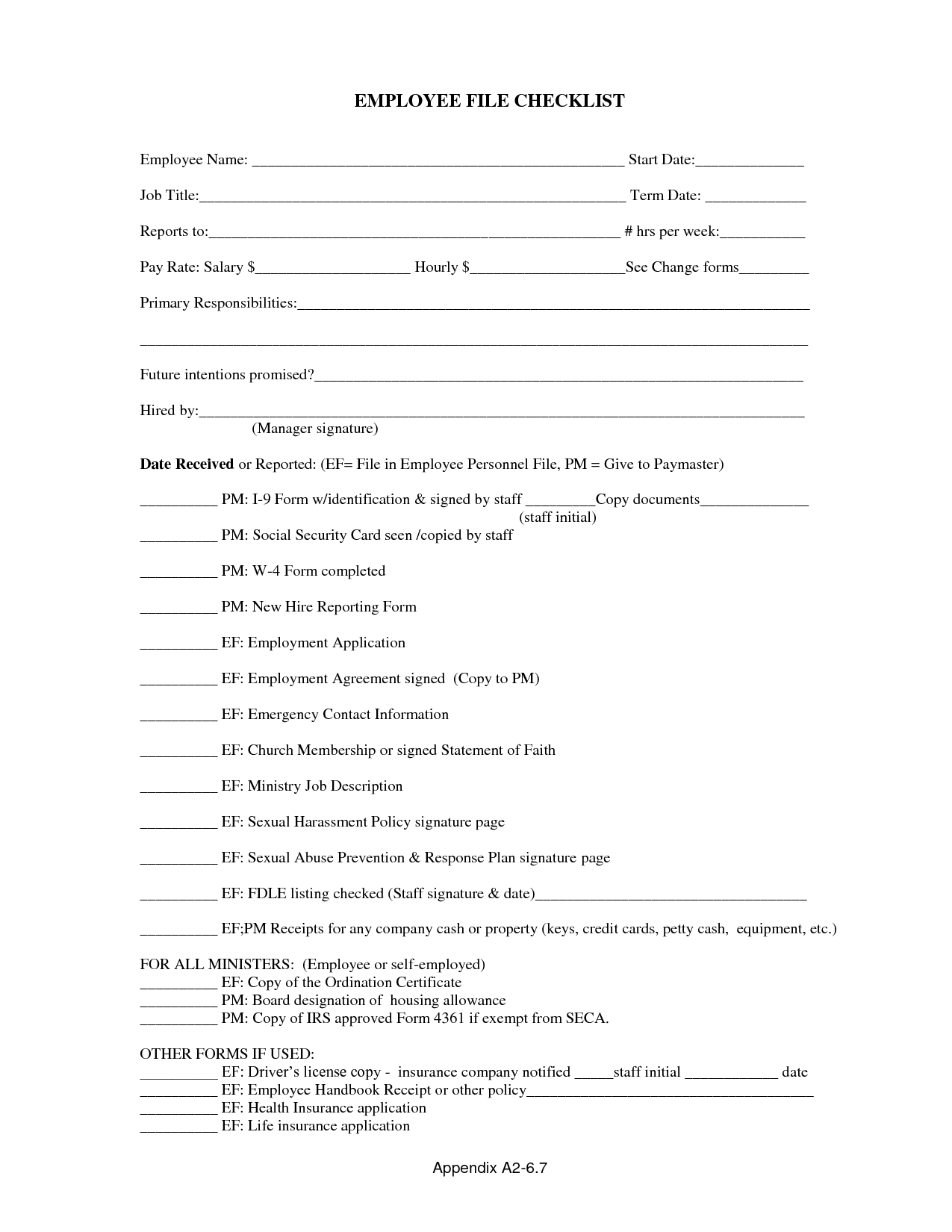
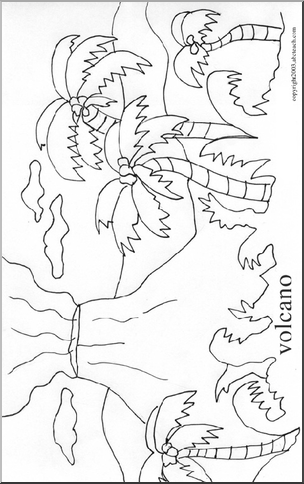

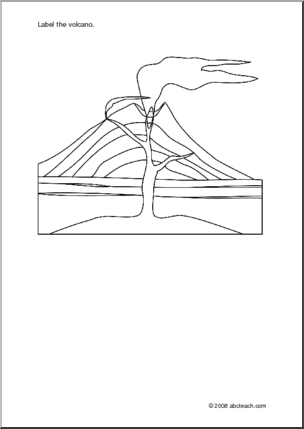
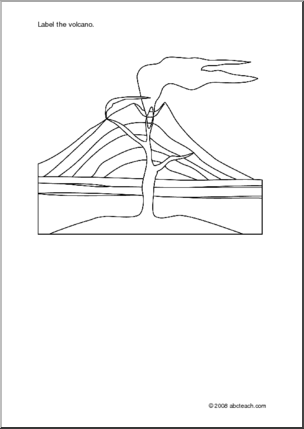
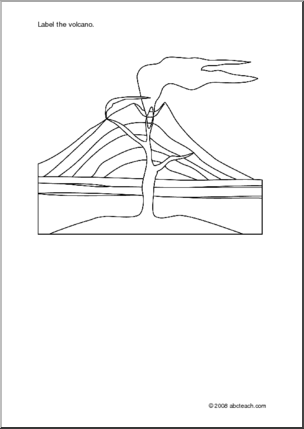

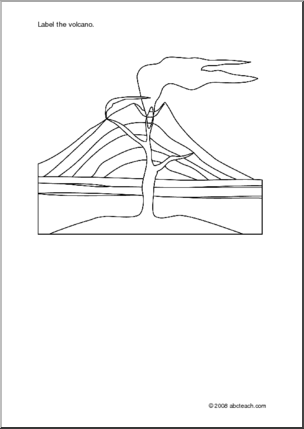
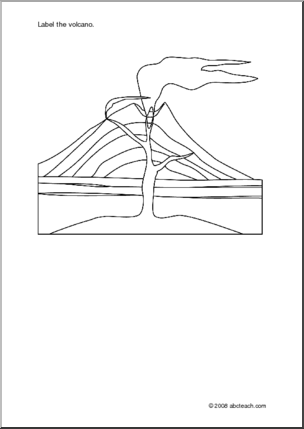
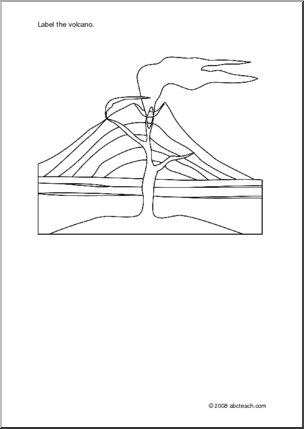














Comments